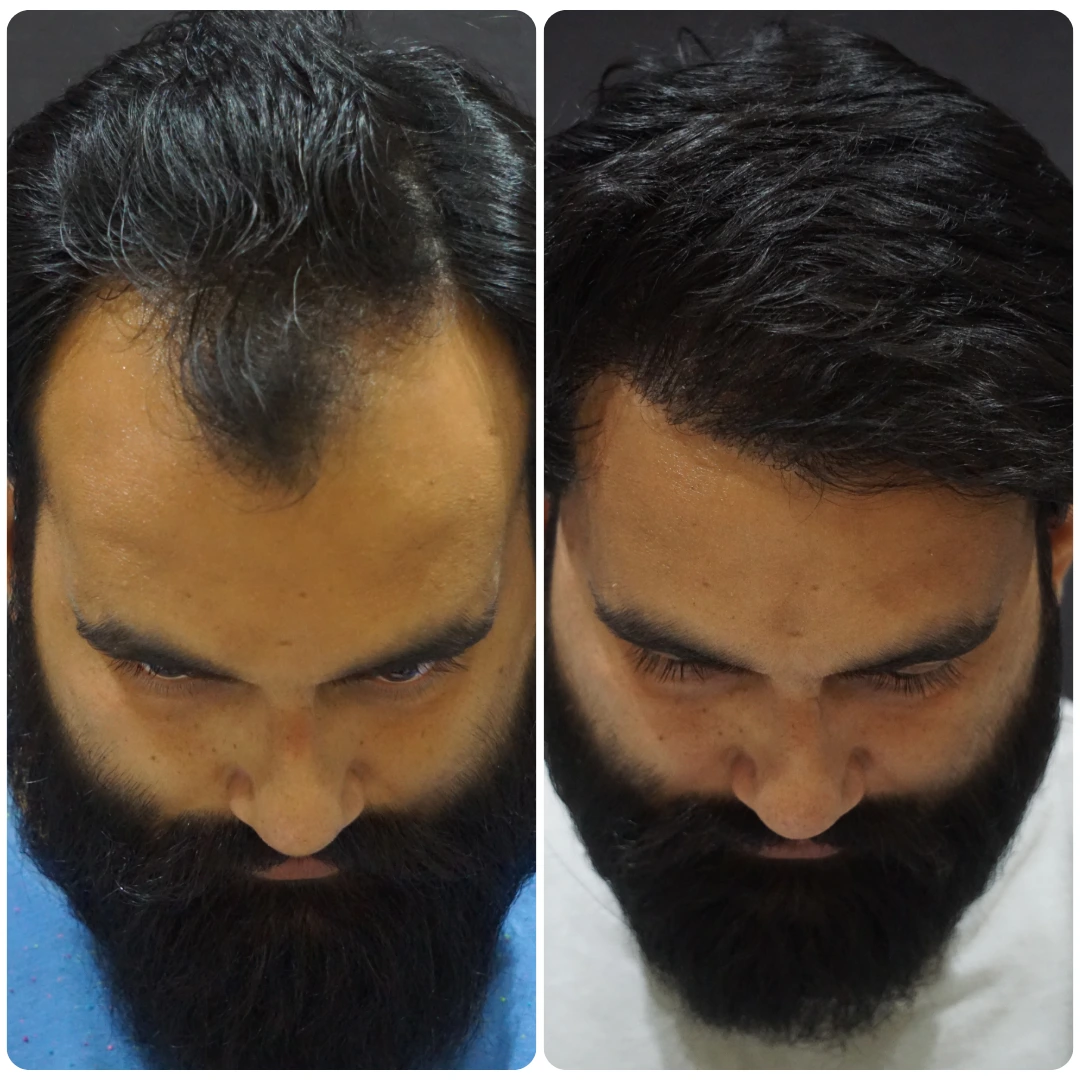ARTAS Hair Studio
What is ARTAS Hair Studio Consultation?
To begin the process of hair restoration, it is important for us as your medical practitioner at Musk Clinic to have a detailed and well planned out consultation session with you.
Building a rapport with the patient is an essential part of the philosophy that we at Musk Clinic follow to be able to guide our patients about the nature of hair loss apart from making one aware of the benefits and limitations of hair transplants. We, at Musk Clinic, aim to draw a specific and personalized hair restoration plan for each of our patients.
Most hair restoration clinics would follow the popular and comparatively older technique for consulting with the patients which involved drawing the hairline design with surgical pens and letting the patient imagine what the result may look like.
We at Musk Clinic truly believe that this method falls short with regards to complete patient satisfaction as it is difficult for the patient to imagine how they would look after the transplant.

Achieve fuller hair with ARTAS Hair Studio at Musk Clinic!

Opting for ARTAS hair studio consultation or AHS technology at Musk Clinic is beneficial in giving a patient a well-drawn-out outcome of the treatment on a 3D model. Not only does it set realistic expectations for the patient concerned but also gives a more mutually satisfying experience to both the medical experts and the patient.
The process involves taking pictures from different angles of the hair on the head. After these pictures are uploaded, the ARTAS Hair Studio Technology is used to create a 3D model.
This gives the medical practitioner and the patient a better visual understanding of the expectation and extent of transformation required. This process is of utmost importance as many times a patient may believe that opting for a hairline of his youth would look better but that isn’t the case as it just ends up looking unnatural.
With the AHS technology, an expert can present different simulated scenarios of what the patient will look like and what would be age appropriate for them.
Patient's Hair Transplant Experience at Musk Clinic
Why Choose Musk Clinic?
FAQs
Blepharoplasty (Greek: Blepharo = eyelid +plasty = to change) is one of the most common cosmetic procedures performed in facial plastic surgery. Our eyes are one of the first places that show signs of aging.
As we age, we develop redundant skin on the eyelids which unfortunately makes us look tired. Blepharoplasty, which is a simple outpatient procedure, can reverse these changes and restore a more youthful and rested appearance.
The eyes will appear more rested and vibrant after cosmetic eyelid surgery. Most often the results are so natural that friends and coworkers will comment on how great you look, without realizing that surgery was performed.
The incision for blepharoplasty is hidden in natural creases of the eyelid, and it heals extremely well.
Absolutely! This is one of the most common complaints that we hear in our practice. As mentioned previously the redundant skin that develops as we age usually causes the makeup to smear.
After surgery most of our patients are not only ecstatic about how they look but are also thrilled that they don’t have to worry about this problem anymore.
Most eyelid surgery can be performed under local anesthesia. If desired, local anesthesia with sedation can be performed. This type of anesthesia, also known as Monitored Anesthesia Care or MAC, is performed by an anesthesiologist.
The main advantages of this anesthesia are:
- it does not require putting a breathing tube in the throat,
- it does not require a breathing machine,
- the recovery is much faster,
- there is less nausea after surgery.
All of these elements translate into greater comfort and safety. During MAC anesthesia, an intravenous needle is placed into one of the veins of the arm or hand. Relaxing medication is given to make the patient fall asleep.
The amount of medication is adjusted as needed. After the patient is asleep, numbing medicine is placed in the skin of the area that is being operated on. During the procedure the patient is unaware of anything going on and cannot hear anything, yet he or she is breathing normally.









